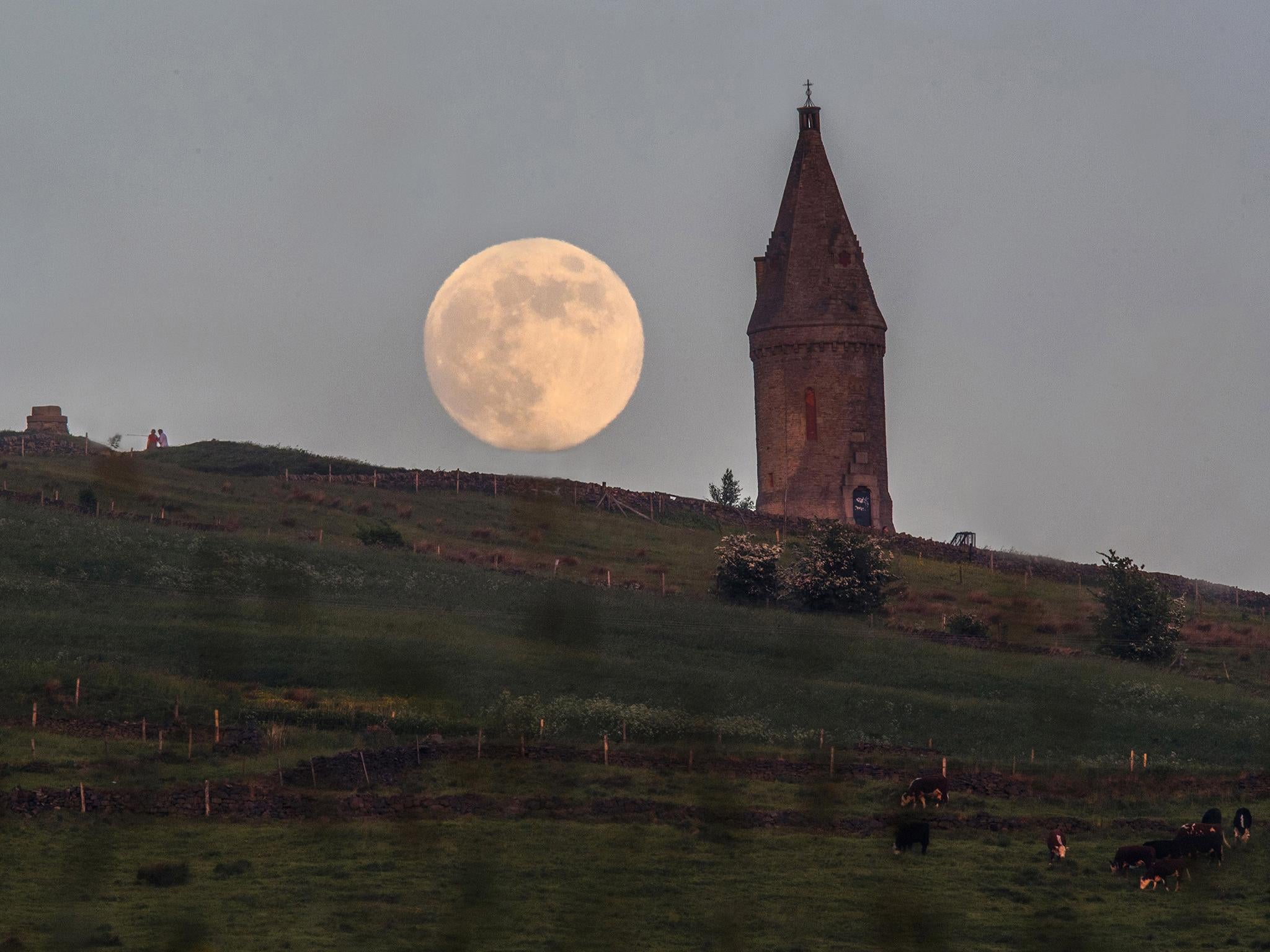Days are longer than they used to be due to moon moving away from earth, study finds
Study claims moon continues to move away from Earth at 3.82 centimetres a year

Your support helps us to tell the story
From reproductive rights to climate change to Big Tech, The Independent is on the ground when the story is developing. Whether it's investigating the financials of Elon Musk's pro-Trump PAC or producing our latest documentary, 'The A Word', which shines a light on the American women fighting for reproductive rights, we know how important it is to parse out the facts from the messaging.
At such a critical moment in US history, we need reporters on the ground. Your donation allows us to keep sending journalists to speak to both sides of the story.
The Independent is trusted by Americans across the entire political spectrum. And unlike many other quality news outlets, we choose not to lock Americans out of our reporting and analysis with paywalls. We believe quality journalism should be available to everyone, paid for by those who can afford it.
Your support makes all the difference.A day was once only 18 hours long when the moon was closer to Earth, a new study has claimed.
Researchers at the University of Wisconsin-Madison have found that 1.4 billion years ago the moon orbited much closer to the planet, altering the way it spins on its axis.
The study also said the moon will continue to move away from Earth, making our days even longer.
Stephen Meyers, professor of geoscience at the University of Wisconsin-Madison and author of the study, said: "As the moon moves away, the Earth is like a spinning figure skater who slows down as they stretch their arms out."
To understand how the moon's orbit affects Earth rotation, Prof Meyers and his team used astrochronology - a statistical method that links astronomical theory and geological observation - to reconstruct the ancient history of the solar system.
He said: "One of our ambitions was to use astrochronology to tell time in the most distant past, to develop very ancient geological time scales.
"We want to be able to study rocks that are billions of years old in a way that is comparable to how we study modern geologic processes."
Everything in the solar system has a gravitational field that affects the other celestial bodies nearby. These variations are called Milankovitch cycles and can even affect Earth's environment as they impact how sunlight is distributed on the planet.
One of the ways Prof Meyer was able to make these calculations concerning Earth's rotation more than a billion years ago was by looking at the sediments in a 90 million-year-old rock and the information it gave him about the planet's climate cycles.
The moon is believed to be moving away from Earth at a rate of 3.82 centimetres a year, so it will be hundreds of millions of years before it has moved far away enough for humans to have to recalculate how long a day is.
Using the geological artefacts along with the data about the speed at which the moon is moving away from Earth has allowed Prof Meyers to make more accurate predictions on Earth's history than every before.
"The geologic record is an astronomical observatory for the early solar system," he added.
"We are looking at its pulsing rhythm, preserved in the rock and the history of life."
The study was published in the Proceedings of the National Academy of Sciences.
SWNS
Join our commenting forum
Join thought-provoking conversations, follow other Independent readers and see their replies
Comments